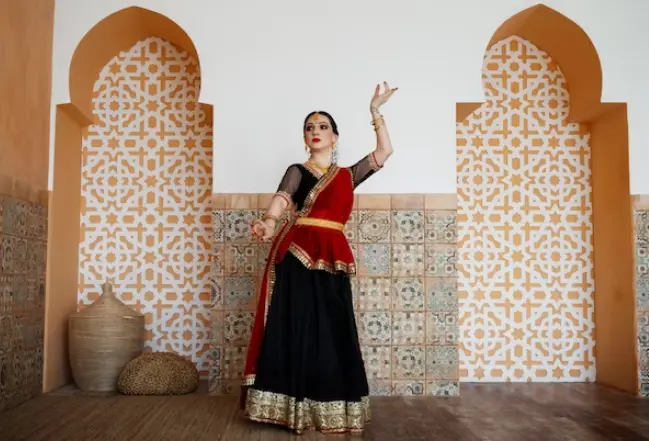Mumbai's East Indian Community Celebrates Culture Through Song Competitions



In the vibrant tapestry of Mumbai's cultural landscape, singing competitions have become more than just events; they are a means of preserving and celebrating the rich heritage of the East Indian community. Spread across Mumbai and its surrounding areas like Vasai, Bhaindar, Uttan, and Gorai, approximately 88 East Indian associations actively organize singing competitions, making them a significant cultural phenomenon.
Julie Shinde, a 50-year-old resident of Marol, Mumbai, has immersed herself in this cultural extravaganza, attending at least 15 singing competitions this year alone. Whether as a guest of honor, a singer, a performer, or simply a spectator, Shinde's enthusiasm for these events remains unwavering. Her travels take her from the heart of Mumbai to its distant suburbs, eager to participate in and witness the cultural richness these competitions offer.
These competitions, organized by associations representing the East Indian community, aim to foster creativity, music, and above all, celebrate the language and culture unique to this community. With approximately 88 such associations, these events have become a integral part of the East Indian cultural calendar, occurring throughout the year, excluding the monsoon months and the period of Lent.
Singing takes center stage at these competitions, showcasing new, freshly written songs in East Indian Marathi. This dialect, generously infused with Konkani, explores a wide array of subjects, from religion and culture to renowned individuals and icons. However, some topics are deliberately kept off-limits to maintain harmony.
Over the years, the format of these competitions has evolved. They are categorized into solo acts, duets featuring male and female participants, and 'urta,' a category focused on comedy. Judged on the basis of lyrics and singing, these competitions often incorporate elements of acting and dance, reflecting the dynamic nature of East Indian cultural expressions.
The practice of organizing singing competitions within East Indian neighborhoods is not new, but its popularity has surged. Alwyn Gomes, an active participant in this cultural scene for four decades, emphasizes the surge in community groups and contests. The boost in competitive events has additionally instigated an inflow of sponsorships. Contestants are now contending for hefty cash prizes, with solo performers able to secure up to ₹25,000 and duos reaching amounts of ₹30,000.
These competitions serve a dual purpose of cultural celebration and preservation. Participants often seek the guidance of experts and community elders to compose new songs. The focus is on proper pronunciation, tone, and pitch to ensure the language remains intact. Traditional attire is encouraged, with some competitions even offering free entry to ladies wearing the East Indian lugra, a traditional nine or ten-yard sari.
Recognizing the challenge of language retention among the younger generation, efforts are being made to impart linguistic and cultural knowledge. Initiatives like Mumbai's first kids-only East Indian singing competition, scheduled for December 3 and organized by the St Francis Xavier’s Men Confraternity, aim to ensure the cultural legacy endures.
Julie Shinde echoes the sentiment, emphasizing the importance of language learning for the younger generation. She shares her commitment to ensuring her granddaughter learns East Indian Marathi, including religious hymns, with the hope of her active participation in the competitions in the years to come. In this way, these singing competitions not only celebrate the present but also invest in the cultural legacy of Mumbai's East Indian community for generations to come.